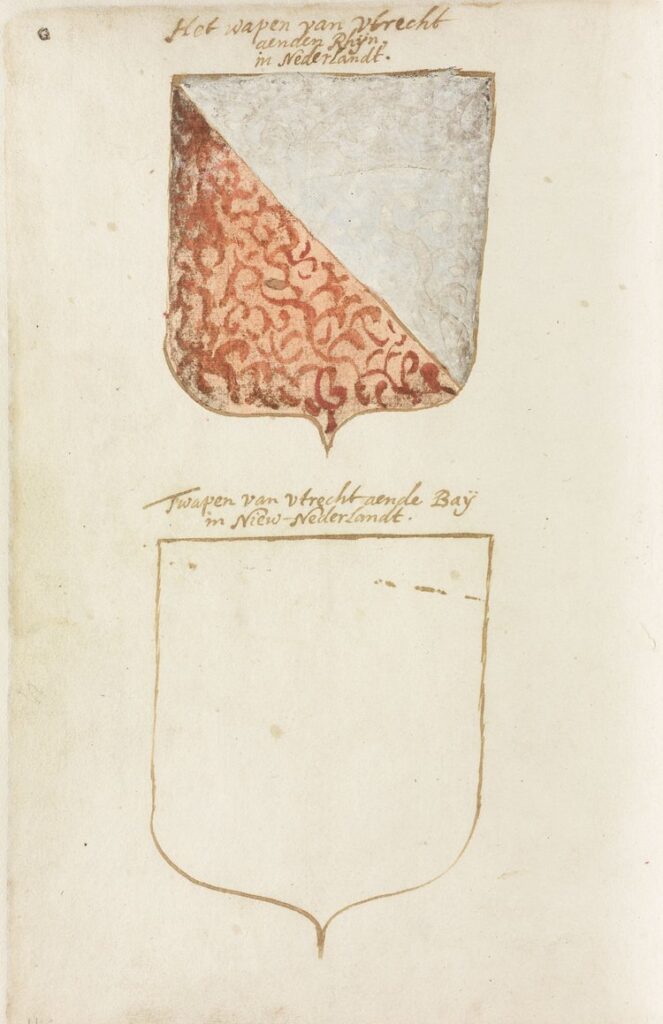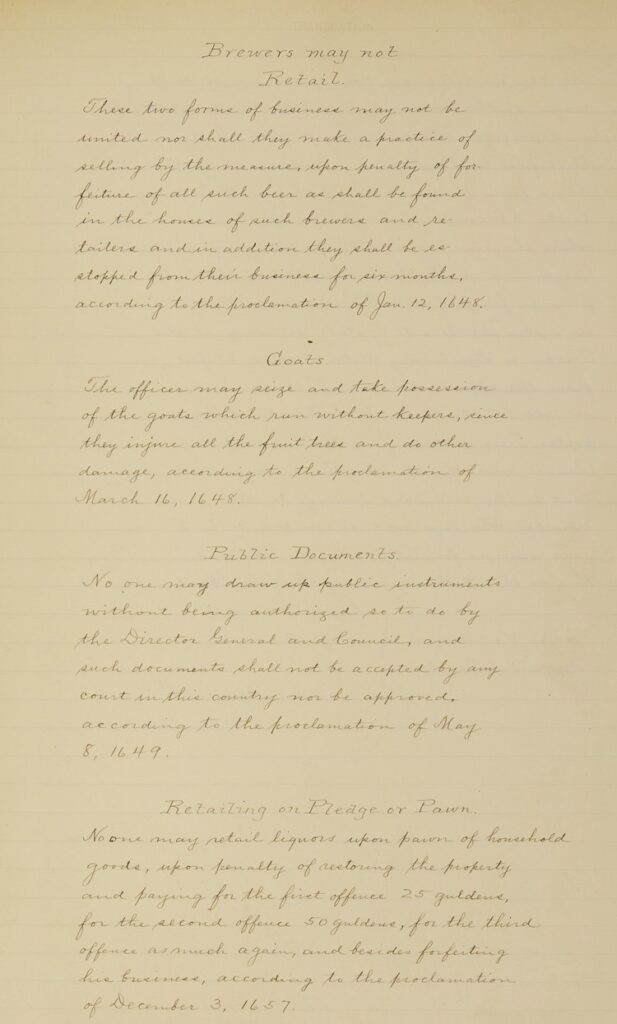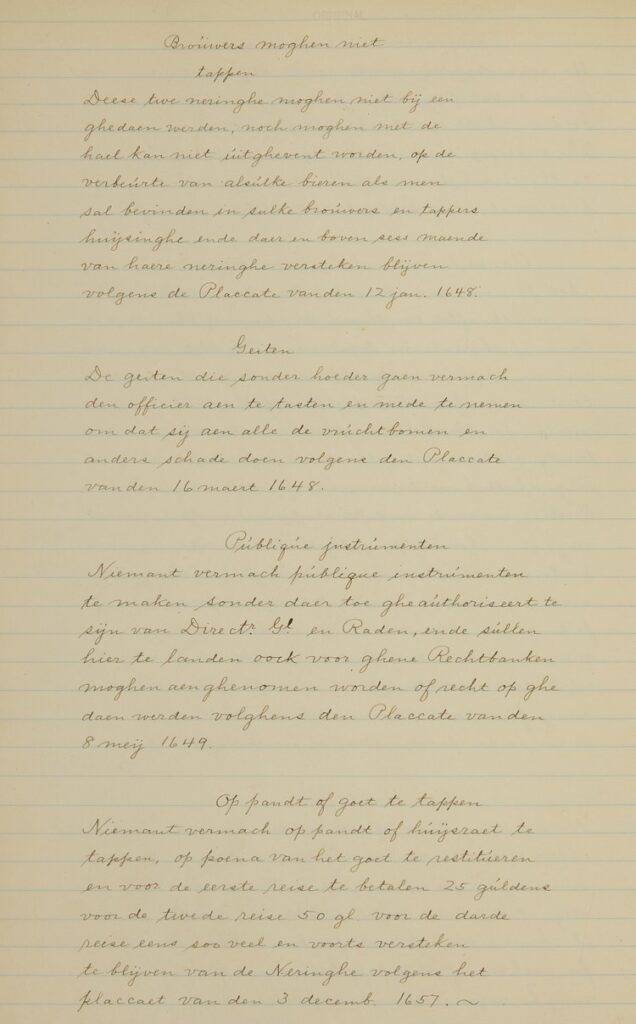This was originally published on the NYC Municipal Archives Blog for the NYC Department of Records & Information Services.
https://www.archives.nyc/blog/2022/10/7/brooklyns-370-year-heritage-of-stray-goats
Goats are on the loose in Brooklyn and ruining the neighborhood! Something must be done! Even with the popularity of urban farming this is not a common complaint in modern-day Bensonhurst, Brooklyn. Chances are the wildest animal you’ll find in a New York City garden or back yard today is a squirrel, cat or raccoon. But turn the clock back a few hundred years and a different sort of animal—goats—were the notable problem in the Bensonhurst neighborhood. Then called New Utrecht, it was the home of several Dutch colonial farming families.

With a grant from the National Historical Publications and Records Commission (NHPRC), the Municipal Archives has been processing the Old Town collection. It is comprised of records created in the villages and towns that were eventually consolidated into the Greater City of New York in 1898. They date to the 1600s and consist of deeds, minutes from town boards and meetings, court records, tax records, license books, enumerations of enslaved people, school-district records, city charters, and information on the building of sewers, streets and other infrastructure. For the Record articles have documented project highlights: Processing the Old Town Records Collection, Dog Licenses in the Old Town Records, The Genealogical Possibilities of Manumissions in the Old Town Records, and Oyster Boards in the Old Town Records, Schooling-in-Midwout Brooklyn in 1866, and Drag Racing,1668 Style.
This week the project showcases a ledger from New Utrecht that dates from its earliest days as a Dutch settlement, ca. 1648. The area now includes the Brooklyn neighborhoods of Bensonhurst, Borough Park and Bay Ridge which are generally not centers of agriculture. More likely, Bensonhurst is remembered for the television program Welcome Back, Kotter, as well as the home of the Kramdens on The Honeymooners.


During the 17th century, New Utrecht was one of several Dutch colonial settlements and the Town records during that period were written in Dutch. On March 16, 1648, the entry in [New Utrecht ledger title] is short and to the point: “The officer may seize and take possession of the goats which run without keepers, since they injure all the fruit trees and do other damage.” There were not further entries in the ledger concerning these marauding orchard raiders, but we can assume they were properly rounded up and returned to their home farms.
Further research will be necessary to determine if goats, stray or otherwise, continued to be a problem in Brooklyn neighborhoods during the ensuing centuries, but they did make another appearance on August 2, 2018. According to the New York Post, two goats were found wandering on the tracks of the N subway line between the Fort Hamilton Parkway and New Utrecht stops in Borough Park. Train traffic was disturbed for a few hours before the animals were collected without harm, possibly like their 1648 predecessors. Although the incidents are unrelated, the stray livestock points to a before-unrecognized heritage of the New Utrecht area of Brooklyn: wandering goats.
More recently, goats made the news in another part of New York City, Morningside Heights. Every summer, beginning in 2019, the Riverside Park Conservancy has brought goats to the Park as part of its ongoing work to rehabilitate a woodland habitat in the area between 120th and 122nd Streets just off Riverside Drive. According to the Conservancy, “goats are an eco-friendly and highly popular way to remove invasive plants.”
Look for future For the Record articles that highlight the Old Town Record collection and the processing project progress.